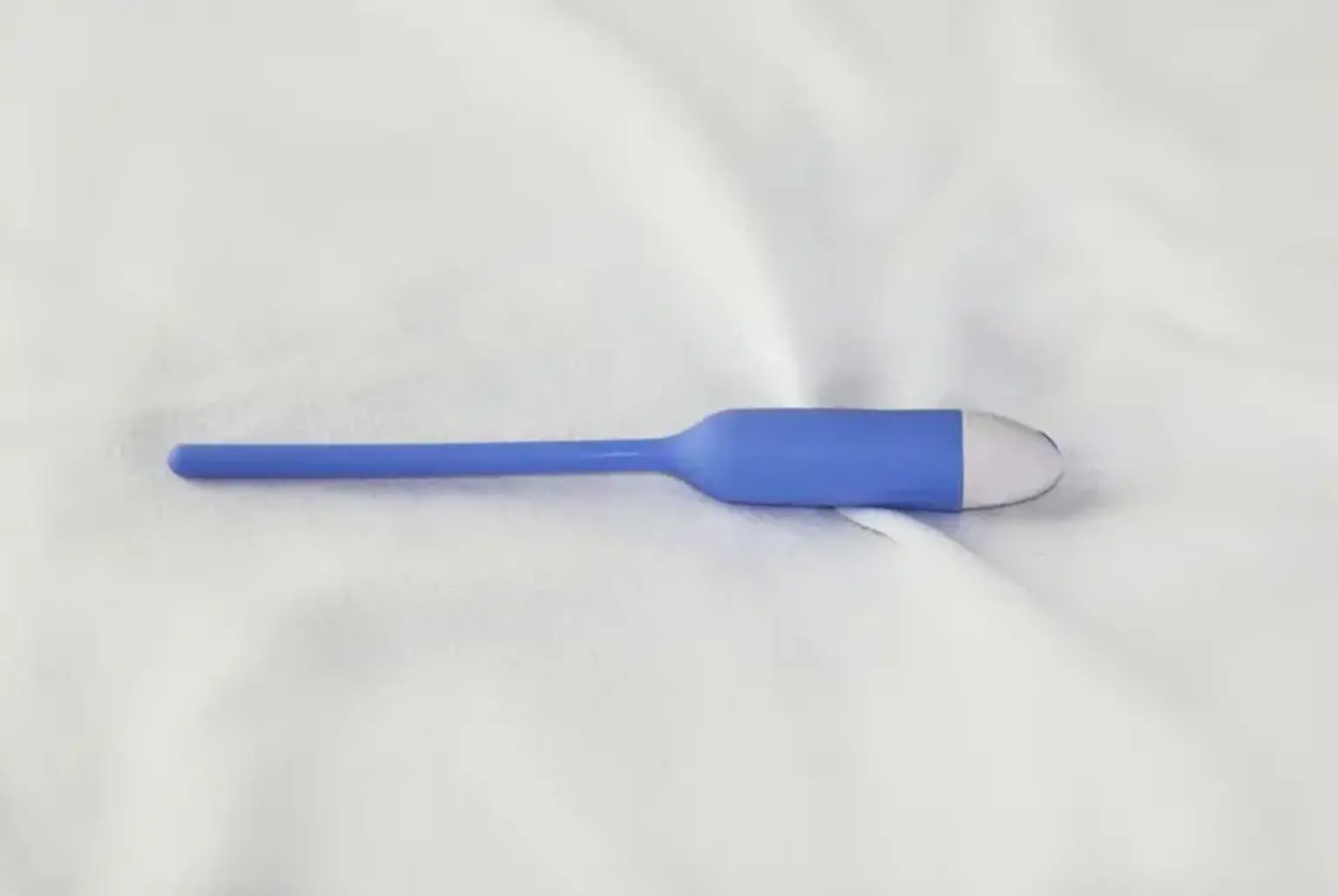Urethral Dilatation
Overview
Male urethral stricture disease is common and significantly affects both health care expenses and quality of life. The complexity of urethral stricture management is dependent on the stricture's features. Long-term results do not differ between internal urethrotomy and urethral dilatation, according to data; success rates range widely from 8 to 85%, with long-term success rates of 25 to 30%. For both of these procedures, males who have longer strictures, penile urethral strictures, multiple strictures, the presence of infection, or a history of previous treatments are at a higher risk of recurrence. Repeated urethrotomy is not clinically or financially beneficial for these patients, according to analysis. With most studies reporting success rates of 85-90%, surgical repair utilizing urethroplasty has higher long-term success rates. Various urethroplasty procedures have been used, depending on the position, length, and kind of stricture. An in-depth understanding of anatomy, pathophysiology, correct patient selection, and reconstructive procedures are necessary for successful therapy of urethral strictures.
